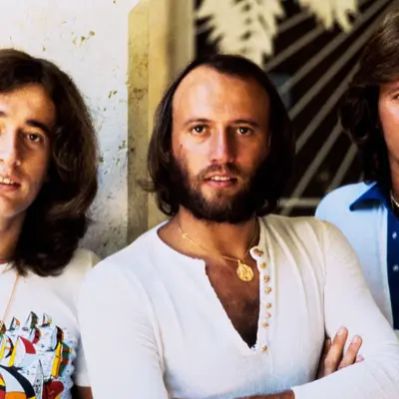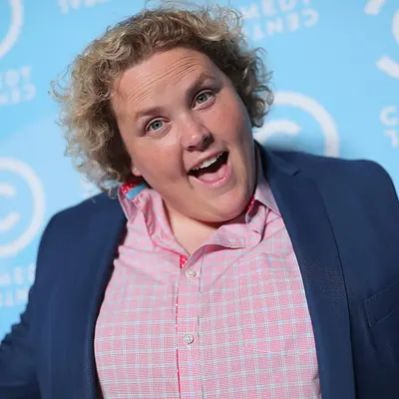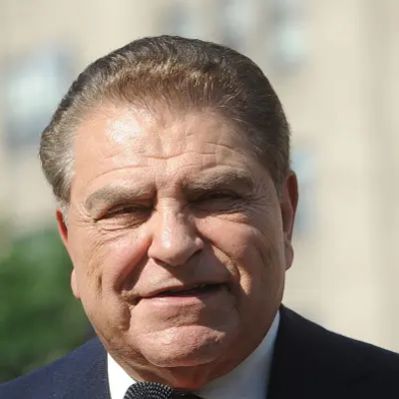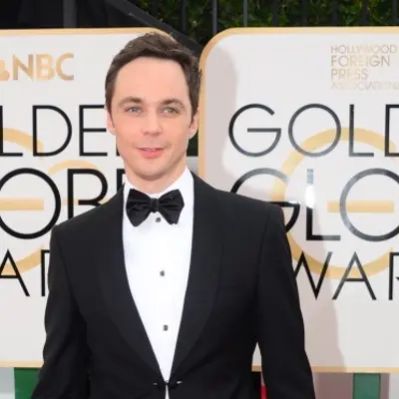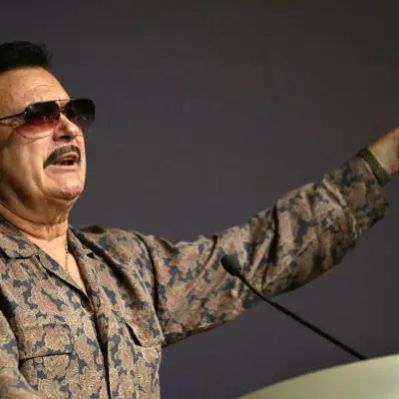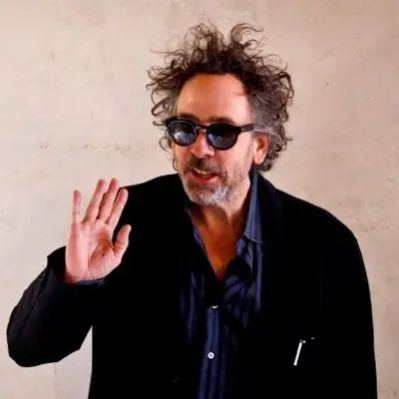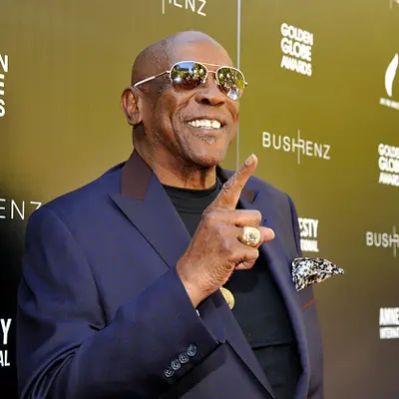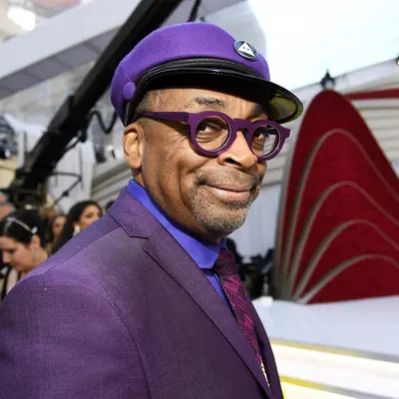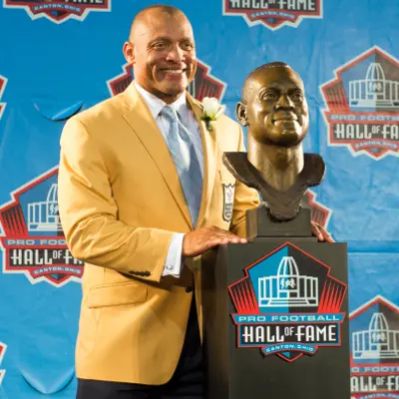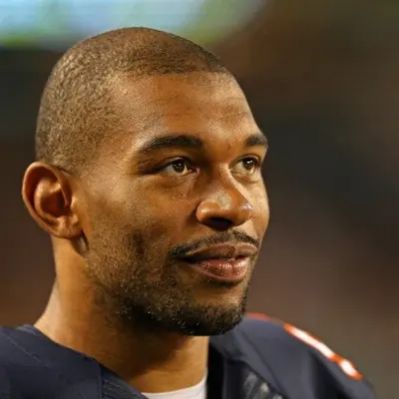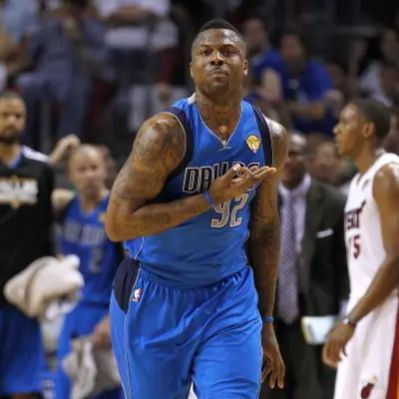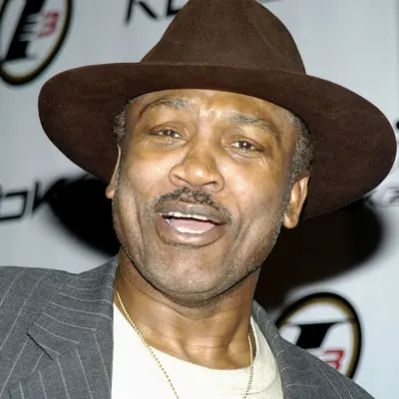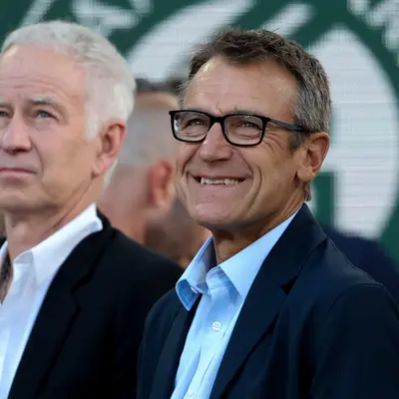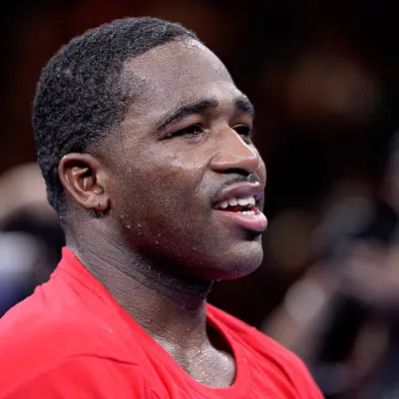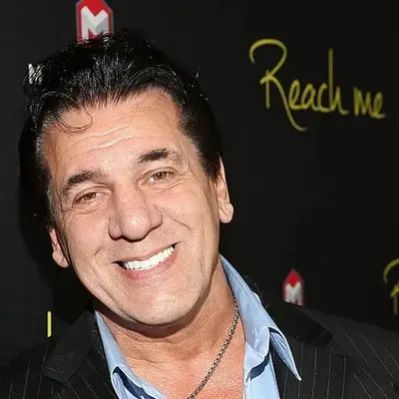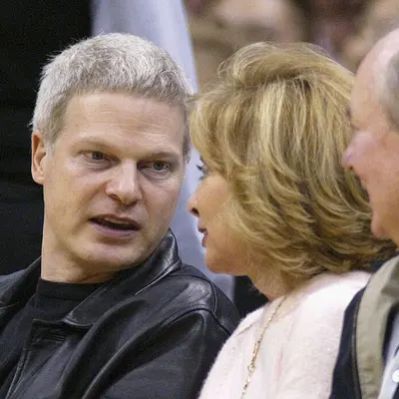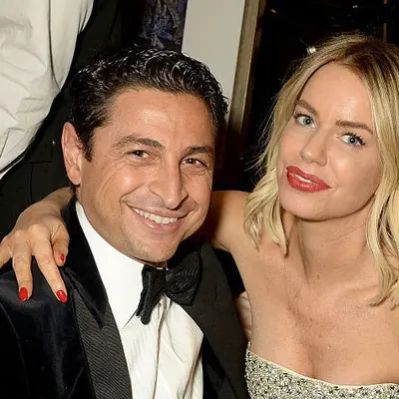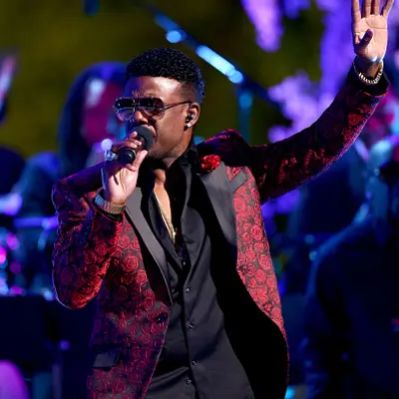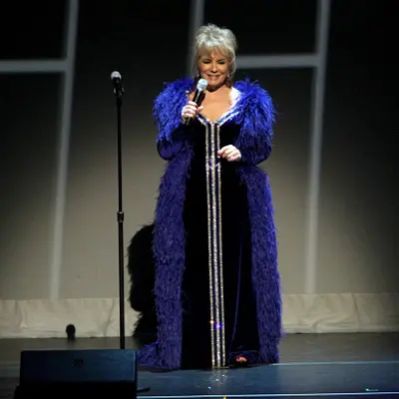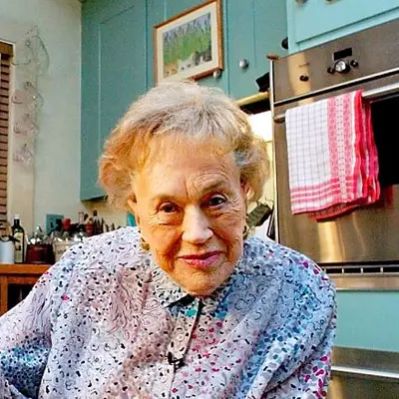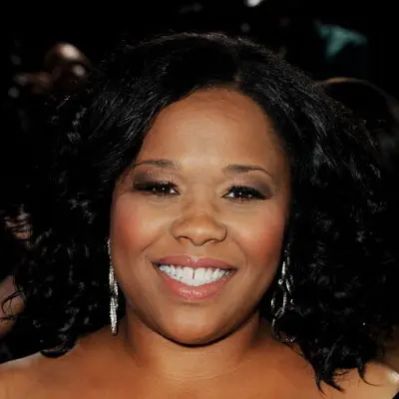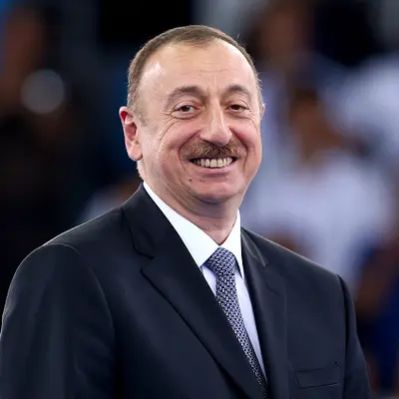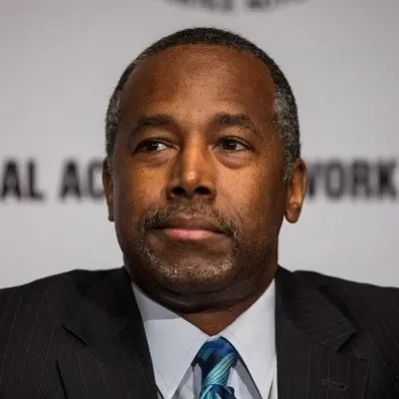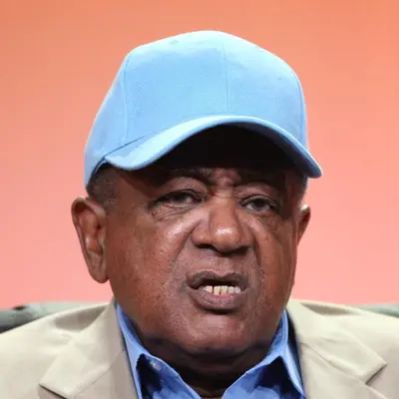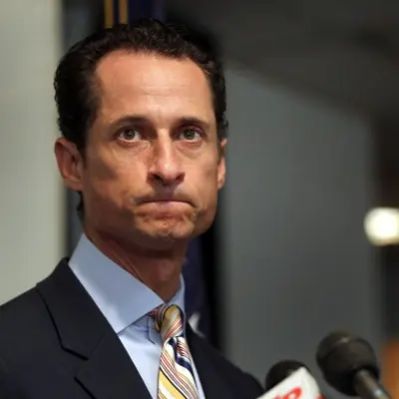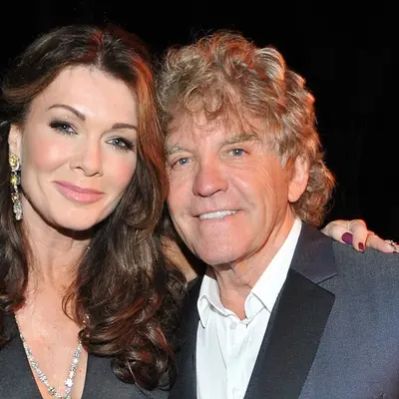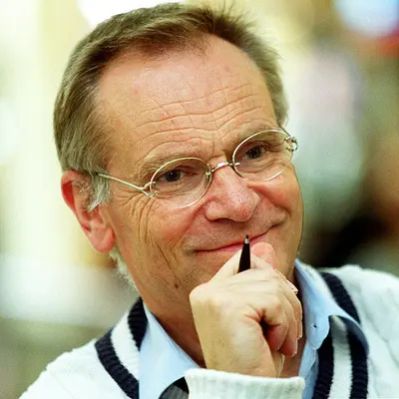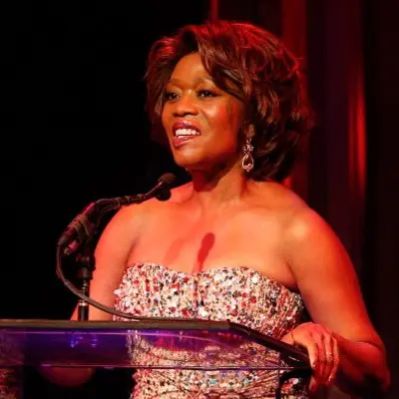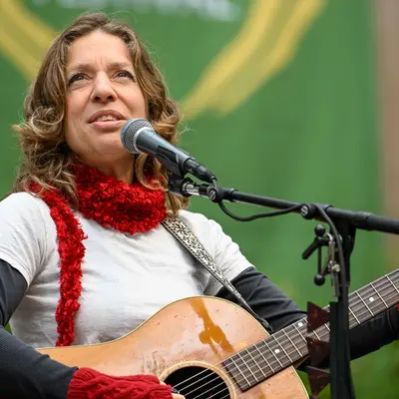What Is Maurice Gibb’s Net Worth?
Maurice Gibb, a celebrated English musician, singer, and songwriter, accumulated a substantial net worth estimated at $100 million at the time of his death in 2003. This figure reflects his significant contributions to the music industry, primarily through his work with the Bee Gees, one of the most successful pop groups in history. The Bee Gees achieved global recognition and commercial success, selling over 200 million records worldwide. While his brothers, Barry and Robin, often took the lead on vocals, Maurice’s contributions as a vocalist and songwriter were crucial to the group’s iconic sound and enduring appeal. His financial stability was bolstered by royalties, record sales, performance fees, and strategic property investments.
The Bee Gees’ Financial Impact
The Bee Gees’ immense popularity translated into substantial financial gains for each member, including Maurice Gibb. Their album sales, totaling over 200 million records, generated significant royalty income. For instance, the soundtrack to “Saturday Night Fever,” heavily featuring the Bee Gees, sold over 40 million copies globally, becoming one of the best-selling albums of all time. The Bee Gees not only earned royalties from initial album sales but also continued to profit from re-releases, compilations, and licensing agreements for their music in films, television shows, and advertisements. Concert tours were another major source of revenue. During their peak in the 1970s, the Bee Gees commanded substantial performance fees, selling out arenas and stadiums worldwide. Concert films and live albums further augmented their income, capturing the energy and excitement of their live performances for fans around the globe.
Maurice Gibb’s role extended beyond just performing. As a songwriter, he received royalties for the use of Bee Gees songs in various media. The exact breakdown of songwriting royalties is complex, but typically involves a split between the composer and publisher. Given the Bee Gees’ control over their music, they likely retained a significant portion of these royalties. The Bee Gees also strategically managed their assets, including their music catalog and publishing rights. Such assets were likely held under a corporate entity, allowing for tax advantages and long-term financial planning. These arrangements would have contributed to the accumulation and preservation of Maurice Gibb’s net worth. Furthermore, the Bee Gees’ financial success allowed them to invest in other ventures, such as real estate, which could provide additional income streams and diversify their portfolio.
Maurice Gibb’s Solo Ventures and Compositions
While best known for his work with the Bee Gees, Maurice Gibb also engaged in solo projects that contributed to his overall net worth. Although he never released a full-fledged solo album during his lifetime, he did record an album titled “The Loner,” which remained unreleased. The reasons for its non-release remain unclear, but it may have been due to conflicts with the Bee Gees’ schedule or creative differences. In 1970, Maurice released a solo single called “Railroad,” showcasing his individual musical style. The single, though not a major commercial success, contributed to his income through sales and airplay royalties. Maurice also penned his first solo composition, “All By Myself,” in the mid-1960s. He later earned his first solo writing credit on the Bee Gees album “Where Are You,” further demonstrating his songwriting prowess and contributing to his royalty earnings. His solo compositions, although fewer in number compared to his work with the Bee Gees, still played a role in augmenting his financial standing.
In addition to his recordings, Maurice Gibb also ventured into other creative projects, such as scoring music for films and television. While specific details about these projects are scarce, such ventures would have provided additional income through performance fees and royalties. During the 1970s, Maurice Gibb also worked on an instrumental album called “Strings and Things.” This project, aimed at showcasing his instrumental skills, contributed to his earnings through production royalties and potential licensing agreements. Despite his prominent role in the Bee Gees, Maurice Gibb’s solo endeavors allowed him to explore his musical creativity independently, further enhancing his financial portfolio.
Real Estate Holdings and Investments
Maurice Gibb strategically invested in real estate, which significantly contributed to his net worth. From the 1970s until his death in 2003, he owned a large country mansion in Esher, England. The property, which likely appreciated in value over the years, served as both a residence and a valuable asset. In 2006, three years after his death, his wife Yvonne paid $5 million for a five-bedroom, 6,729 square-foot mansion in Miami. The property featured 100 feet of water frontage, enhancing its appeal and value. In November 2019, Yvonne sold the Miami mansion for $5.1 million, generating a modest profit on the initial investment. This transaction demonstrates the family’s ability to strategically manage their real estate assets. Upon his death, Maurice left Yvonne six homes, indicating a diversified portfolio of properties. The properties included two homes in England, two in Miami, one in Spain, and one in the Bahamas. These holdings reflect his shrewd investment decisions, which likely contributed to the growth of his net worth over time.
Aside from the properties mentioned, Maurice Gibb likely held other investments in stocks, bonds, and other financial instruments. The specifics of these investments are not publicly known, but they would have played a role in diversifying his portfolio and generating additional income. The establishment of trust funds for his adult children a decade prior to his death suggests careful financial planning and a commitment to securing their future. These trust funds, which likely contained a mix of assets, would have ensured the financial well-being of his children. As a successful musician, Maurice Gibb likely worked with financial advisors and accountants to manage his wealth effectively, ensuring that his assets were protected and grown over time. These professional relationships would have helped him navigate the complexities of the financial world and make informed investment decisions.
Substance Abuse and Personal Challenges
While Maurice Gibb achieved considerable financial success, he also faced personal challenges that impacted his life and potentially his net worth. He battled alcoholism for many years, which affected his personal relationships and professional performances. His introduction to a hard-partying lifestyle by John Lennon and Ringo Starr of the Beatles exacerbated his struggles with alcohol. The death of his younger brother Andy Gibb, who also struggled with addiction, intensified Maurice’s drinking, leading to feelings of guilt and remorse. In the early 1990s, Maurice’s alcoholism led to a particularly difficult period, during which he pulled a gun on his wife and children after a one-month drinking spree. This incident forced his family to flee and prompted him to seek rehabilitation to reunite with them. His struggles with substance abuse likely led to financial costs, including medical expenses, rehabilitation fees, and legal costs. These expenses would have reduced his overall net worth to some extent.
His tumultuous relationship with Lulu, a Scottish singer, also added complexity to his personal life. Their marriage in 1969 ended after four years due to alcoholism, career pressures, and partying. The divorce proceedings may have resulted in financial settlements, further affecting his net worth. Despite these challenges, Maurice Gibb managed to maintain a successful career and build a substantial fortune, demonstrating resilience and determination. His ability to overcome personal obstacles while continuing to create music and generate income is a testament to his strength and talent. While substance abuse and personal difficulties may have temporarily impacted his financial standing, his overall career success ensured a considerable net worth at the time of his death.
Details of Maurice Gibb’s Will and Inheritance
Maurice Gibb’s will provided detailed instructions regarding the distribution of his assets, ensuring that his family was well-provided for after his death. According to his will, his wife, Yvonne Spencelely Gibb, inherited six homes, demonstrating the extent of their real estate holdings. These properties included two homes in England, two in Miami, one in Spain, and one in the Bahamas, reflecting a diverse and valuable portfolio. Yvonne also inherited all ownership and copyrights to his musical compositions and personal image, granting her control over his intellectual property and future royalties. This inheritance ensured that she would continue to benefit from his creative work for years to come. Trust funds for his adult children had been set up a decade prior, indicating careful financial planning and a commitment to securing their future. These trust funds, likely containing a mix of assets, would have provided financial security for his children and grandchildren.
The specific details of Maurice Gibb’s estate, including the value of his personal property and other assets, are not publicly known. However, given his successful career and strategic investments, it is likely that his estate was substantial. The administration of his estate would have involved legal and financial professionals who ensured that his assets were properly managed and distributed according to his wishes. The transfer of ownership and copyrights to his musical compositions would have required careful documentation and legal procedures to protect his intellectual property. The establishment of trust funds for his children would have involved setting up legal entities that would manage and distribute the assets over time, ensuring their long-term financial security. The overall management and distribution of Maurice Gibb’s estate reflected his careful planning and desire to provide for his family after his death. The assets he left behind demonstrate his financial success and lasting legacy.
 Net Worth Ranker
Net Worth Ranker
